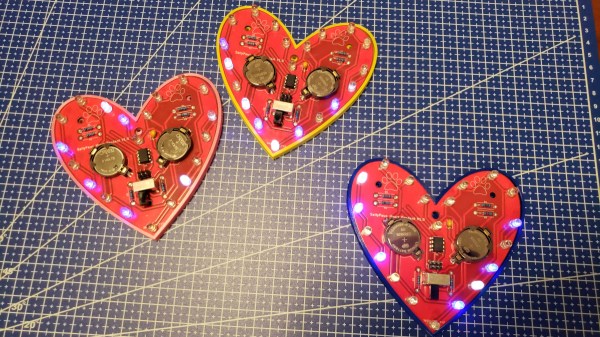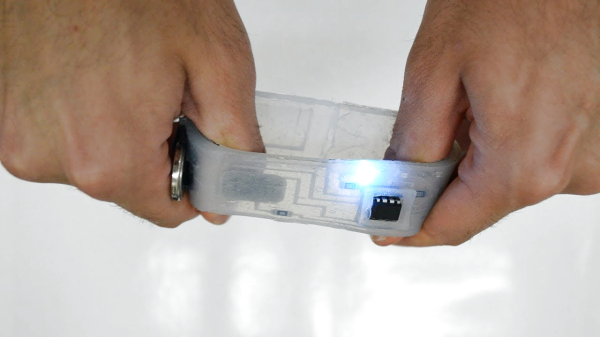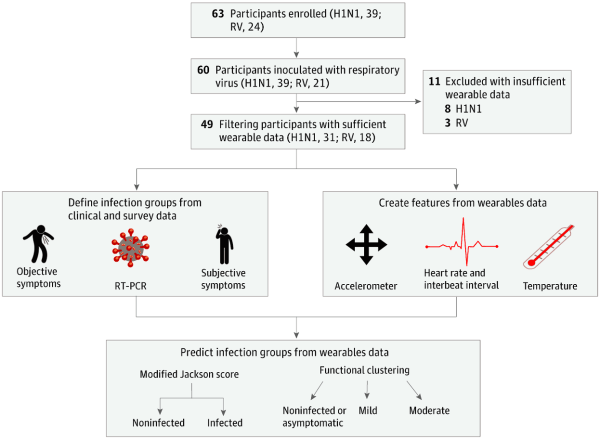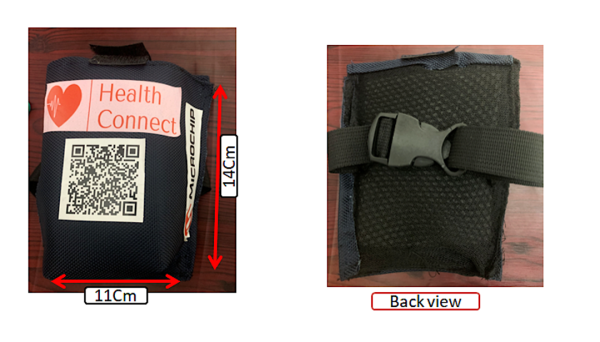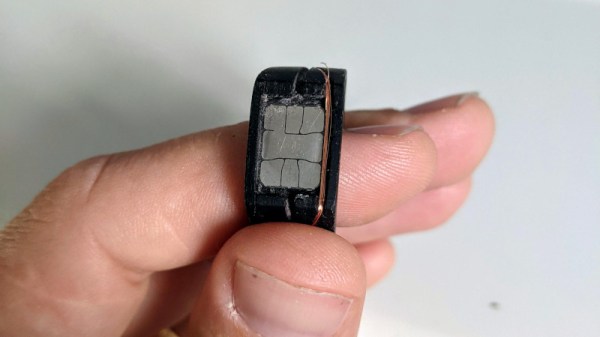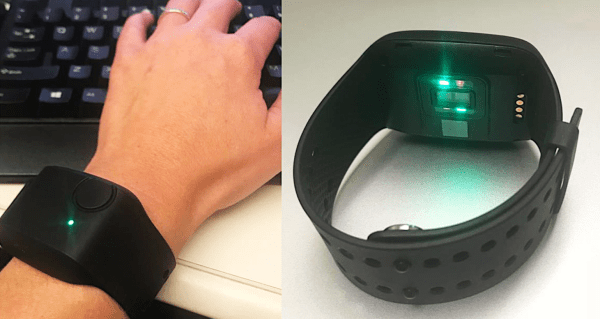This is no ordinary heart-shaped PCB pendant project! To us, it’s also symbol representing the striking amount of love that [SaltyPaws] has put into its design and documentation. He tells us that he designed it for the two daughters he is raising, as an electronics and general STEAM introduction – with outstanding educational and aesthetic qualities, giving insights into a wide range of topics while looking . The PCB is mostly through-hole, making for easy soldering and quick return on the effort investment. The project is thought-out beyond the PCB, however – this pendant is designed to be wearable day-to-day, which is why it’s accompanied by a 3D-printed frame, protecting its wearer from sharp PCB edges and through-hole lead ends!
Open-sourcing things is a gift, and today, we are also the recipients. [SaltyPaws] has open-sourced everything involved – PCB files, 3D cover files, firmware, BOM, everything you would need to build your own version. All of this is in a GitHub repository, with detailed sourcing and assembly instructions in the README.md – we couldn’t ask for more! If you have loved ones that would take delight in putting such a pretty pendant together, you have about a week to order the PCBs – after that, Chinese New Year will likely thwart your plans!
Looking for more accessories that double as electronics projects? We’ve covered a wide variety, even when it comes to pendants alone – check out this edge-lit fluorescent acrylic educational Maker Faire accessory, or this circuit sculpture BEAM-inspired bird-imitating one, or this tiny SAMD21-powered pendant with an IPS LCD!

